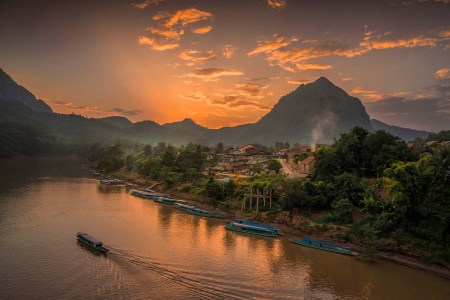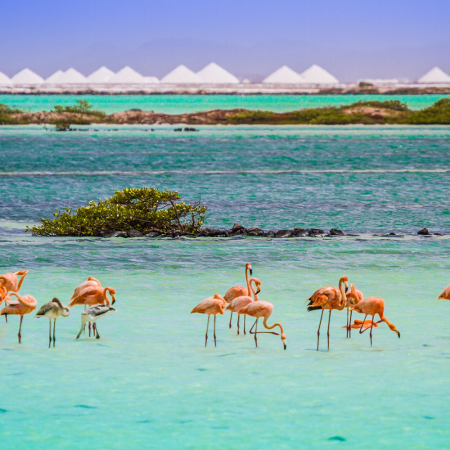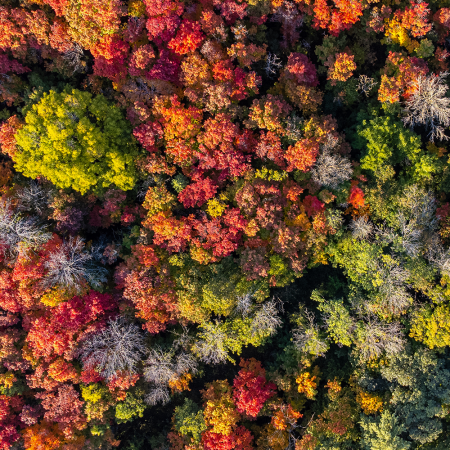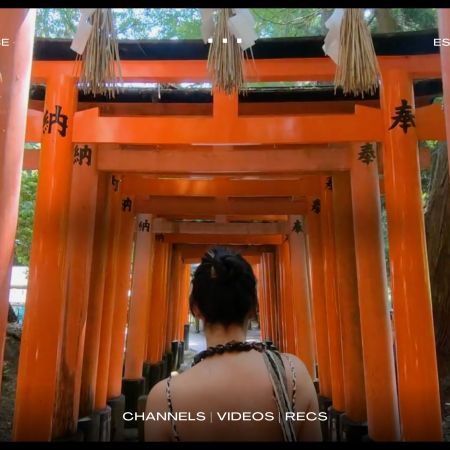So you’ve snorkelled in the cerulean waters, partied away the full moon nights on the remote islands and kayaked around the towering limestone rocks that reach out to the skies as they emerge from the sea. What next in Thailand?
My answer: Head away from the beaches to the hills of northern Thailand, to soak up local food and culture, and some fresh mountain air.
Check into Chiang Mai
Thailand’s second-largest city, Chiang Mai, was originally founded in 1292, and served as the capital of the Lanna kingdom until 1558. What this means to contemporary travelers is a wealth of historic and cultural sites, mostly contained within the walled old town.
This is an eminently walkable city, with pleasant cafés and boutiques lining the main roads that connect the temples and markets. My advice is to skip the museums and explore the streets and lanes of this green city or spend time people-watching at your favorite wat (you will know it when you see it).
And when you feel you’ve had enough wat hopping, you can study meditation at the Doi Suthep Vipassana Center or spend time with rescued elephants at the ethically managed Elephant Nature Park or Elephant Freedom Project sanctuaries. Alternatively, you can choose to nurse a coffee at a chic café all day long or hike to see milky waterfalls at the Doi Inthanon National Park.

Where to Stay
The Shangri La is a popular family-friendly choice in the heart of Chiang Mai, looking out on distant mountain views and with plenty of activities for the young ones. Or you can splurge for some peace and quiet at the riverside Anantara resort, complete with an upscale spa and a Thai cooking class. The resort has an excellent location, on the site of the former British Consulate, and within easy walking distance of the night market and other old city attractions. Another great option is Na Nirand that bills itself a romantic boutique resort, built around the peaceful oasis of a leafy garden with a giant raintree at its heart.

What to Do
Chiang Mai has over 300 Buddhist temples, many of them still functioning today as places of worship or study. Choose wisely because temple fatigue can be a real thing here. There are some obviously unmissable ones like Wat Phra Singh that houses the most venerated Buddha in this region and Wat Chedi Luang that once held the revered Emerald Buddha (now residing in Bangkok in a temple near the Grand Palace). These two temples are also lit up after dark, making a repeat visit late in the day absolutely worth it.
Also, don’t miss the exquisite Wat Sri Suphan with its silver façade, located in a quiet neighborhood outside the old town area.
Pro tip: Many of these temples, Chedi Luang and Sri Suphan in particular, offer the unique opportunity to chat with Buddhist monks, as a way for them to practice conversational English as well as for visitors to learn more about Buddhist philosophy and way of life.
One evening, head out of town towards Doi Suthep to see the sunset from Wat Phra That, located near the top of the mountain and accessed by an easy walk up 300 steps on the Naga (serpent) staircase, so named for the seven-headed serpent statues along the sides (or an elevator, for those who need it). Built as a Buddhist monastery in the late 14th century, this continues to be one of the region’s most popular temples — a must-do for both the impressive architecture and the pervasive sense of calm around the shrines.
And finally, you haven’t really been to Chiang Mai unless you have shopped — or at the very least, eaten — at the bustling night market that is open daily from 6 p.m. until close at midnight. But save some energy (and shopping budget) for the granddaddy of them all, the Sunday Walking Street, when the main streets of Chiang Mai are shut to traffic and turn into a sprawling bazaar filled with souvenir shops and food stalls. From cheap trinkets to exquisite handicrafts, and quirky jewelry to classy clothes, there’s something for everyone.

What to Eat and Drink
Look for local dishes like the flavorful som tam (green papaya) salad, khanom krok (tiny coconut and rice pancakes), sai oua (pungent pork sausage) and hor mok (steamed fish with a soft custardy texture). Don’t miss the khao soi, the piquant soupy noodle dish topped with shallots, fried garlic, chili and peanuts, that has come into northern Thailand through the border with Myanmar. And to end the meal, dig into a bowl of the quintessentially Thai dessert of mango with sticky rice.
Chiang Mai is also vegan heaven, with restaurants like Good Souls Kitchen and Reform Kafé offering a wide variety of both Thai and international dishes.

Onwards to Chiang Rai
Just over a three-hour (115 miles) drive away is the charming town of Chiang Rai, much smaller in size but giving Chiang Mai a run for its money in terms of cultural attractions. Many people rush through this town as a day trip from Chiang Mai, but there is plenty to see and do once you have ticked off the main sights. Those include two colorful temples — the Rong Suea Ten, or the striking Blue Temple with its grandiose façade and shrine, and the glistening Wat Rong Khun, or the white temple (symbolizing Buddha’s purity) with its profusion of bizarre statues ranging from guardian warriors to dismembered skulls and hands. In contrast to the wats in Chiang Mai, both these are modern-day creations, and have gained more fame as Instagrammable locations than as places of devotion. Like Chiang Mai, this town also has its daily night markets and the Saturday Walking Street for shopping and eating.

But more than the town itself, Chiang Rai’s charm lies in the surrounding countryside, so hire a motorbike and drive out towards the tea plantations on the Myanmar border, or soak away your travel stress in one of the region’s natural hot springs. There are also a handful of waterfalls close to the main city, with plenty of options to hike and swim the area.
Another unique experience around here is a trip to the Golden Triangle at the confluence of three countries — Thailand, Myanmar and Laos. Hop on a boat at Sop Ruak village for a short cruise on the mighty Mekong river, or step into the Hall of Opium museum to get a glimpse of how opium trade once shaped this territory.
How to Spend 7 Perfect Days in Laos
From Vientiane to Luang Prabang, explore Buddhist temples, sample spicy street food and stay at luxury retreatsWhere to Stay
The most luxurious properties are situated in the rolling hills of the Golden Triangle area and showcase northern Thailand’s lush green landscapes. The safari-themed Four Seasons Tented Camp Golden Triangle is an exclusive, if expensive, option that allows guests to interact with rescued elephants, supported by the camp in partnership with the Golden Triangle Asian Elephant Foundation.
The Anantara Golden Triangle Elephant Camp & Resort offers similar pachyderm experiences, along with a Thai spa and classes in yoga and muaythai kickboxing. Inside the main city, Mora Boutique Hotel and The Riverie by Katathani are both excellent options suitable for families and solo travelers alike.
This article was featured in the InsideHook newsletter. Sign up now.

























